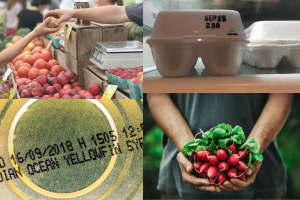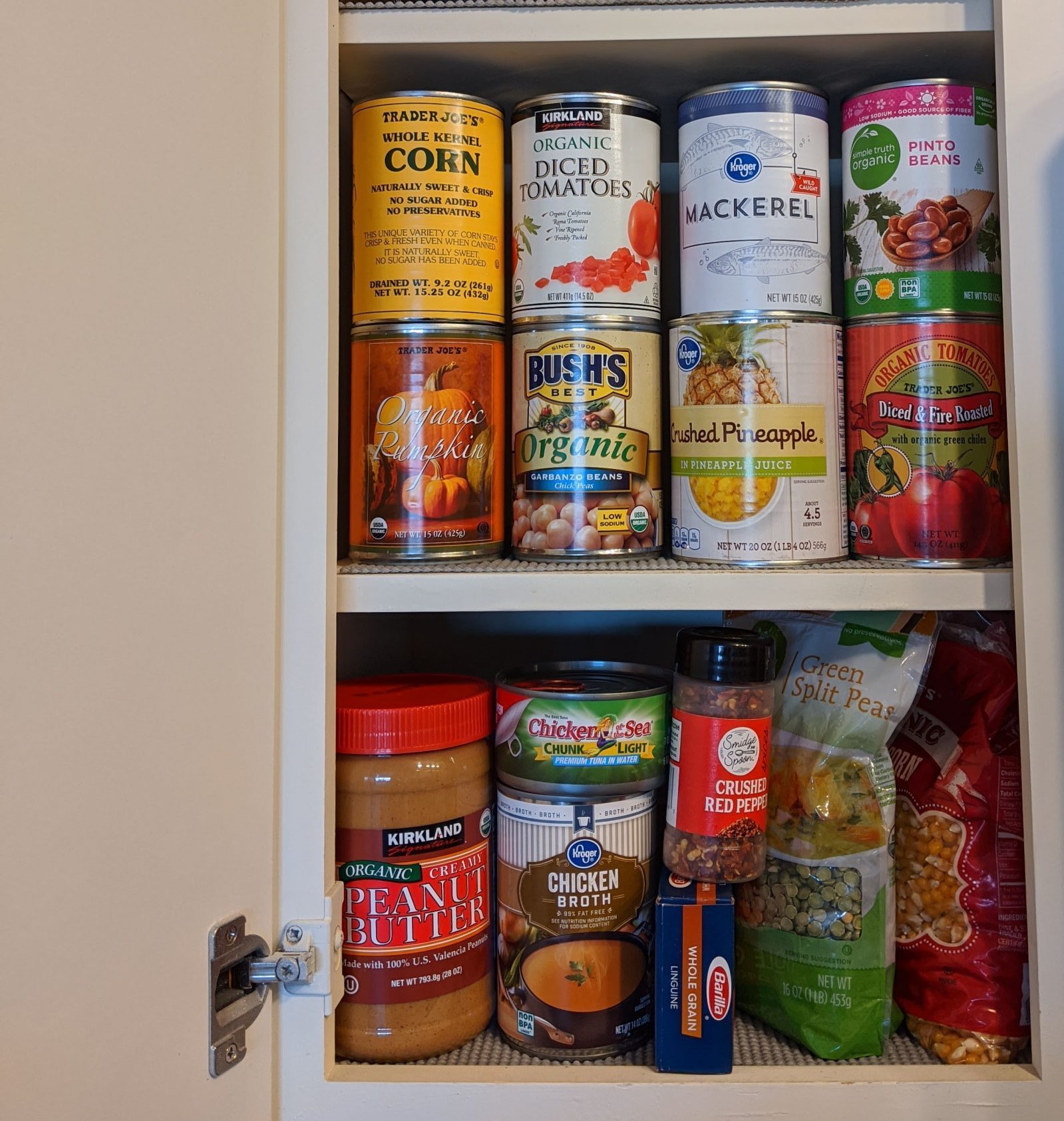 Be sure foods you have grown or purchased are stored to preserve quality and nutritional value. Storing food properly can help you maintain safety, freshness and quality. Proper storage and preservation can also help avoid food waste.
Be sure foods you have grown or purchased are stored to preserve quality and nutritional value. Storing food properly can help you maintain safety, freshness and quality. Proper storage and preservation can also help avoid food waste.
Storage Tips
- Purchase and/or preserve only the type and amount of food you will use.
- Buying in large quantities, foods may expire or spoil and have to be thrown out.
- Foods can get “lost” in the refrigerator, freezer or cupboard.
- Have available space for safely storing foods.
- Wash hands, utensils and preparation areas.
- Keep storage areas clean.
- Use thermometers to monitor the temperature of food storage areas and equipment.
- Set refrigerators at 41ºF or colder and freezers at 0ºF
- Stock food items according to use-by and expiration dates so the oldest items get used first.
- Label with date purchased or prepared.
- Place recently purchased or preserved foods behind or below older items.
 Storing refrigerated and frozen foods:
Storing refrigerated and frozen foods:
- Refrigerate or freeze perishable foods.
- Foods should not be left out for more than two hours before refrigeration.
- Subdivide large quantities of food and freeze for later use.
- Plan to use most refrigerated foods within 4 days.
- Store frozen foods below 0°F.
- Use moisture and air-proof plastic freezer grade storage containers or freezer wrap.
- Label and date packages.
- For best quality use within one year.
 Storing shelf-stable foods:
Storing shelf-stable foods:
- Canned foods can be stored (store bought or home preserved) up to 1 year for optimal quality.
- Dried foods are susceptible to absorbing moisture and molding if not stored properly.
- Home canning jars, plastic freezer containers with tight-fitting lids, plastic freezer bags or vacuum packaging are all good options for storage.
- Store foods in amounts that are typically used at one time. This avoids exposure to air and moisture each time the package is opened.
- Store dried foods in a cool, dry, dark area from 4 months to 1 year depending on temperature.
Guidelines for length of storage vary depending on the type of food. For more information refer to:
- Colorado State University Extension: https://extension.colostate.edu/topic-areas/nutrition-food-safety-health/food-storage-for-safety-and-quality-9-310/
- National Center for Home Food Preservation: https://nchfp.uga.edu/
- Food Bank: https://foodbanksbc.org/wp-content/uploads/2014/12/Food-Storage-Guidelines3.pdf
- Virginia and Kansas State University Extension: https://www.ksre.k-state.edu/humannutrition/foodstorage-documents/Virginia348-960_pdf.pdf


Has there been a recent rethinking on storing food in plastic due to migration of BPA into the food (even if you take the food out of the plastic to reheat)?